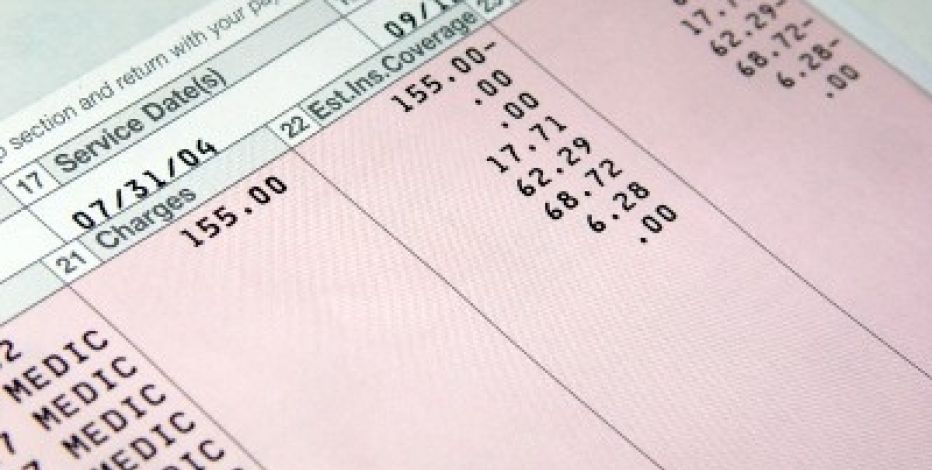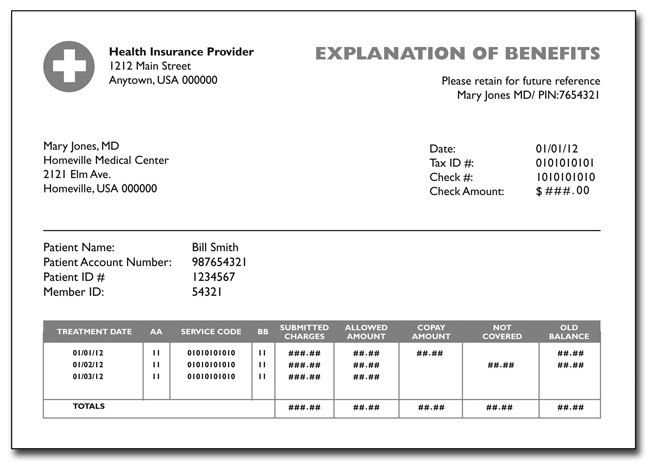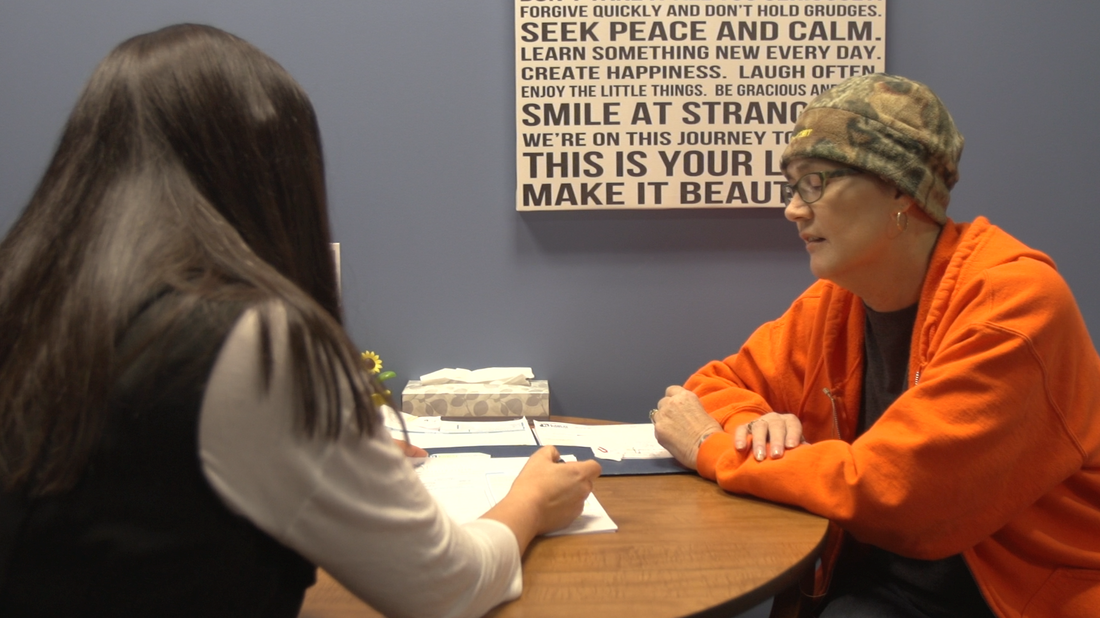Superheroes are powerful. Perhaps the mystery of their true identity aids in their power? Superheroes fight for justice. They take down the “bad” guy to help their community.
Superheroes are omnipresent. Oftentimes, superheroes are standing right next to you.
At Cancer Patient Services, we meet superheroes every day. They aren’t usually wearing a costume (but quite frankly it would be pretty awesome if they did), yet they are superheroes just the same.
Our superheroes can come in the form of an individual who wants to volunteer because they are ready to give back to an organization that helped them or a loved one. They help us fold mailers, clean medical equipment, and man our front desk. They come not to be recognized or applauded. And, they can be most often heard saying, “I will help wherever you need me.”
When they remove their "masks",we recognize them as caregivers who selflessly take care of their loved one who is fighting cancer. We know they are the type of hero who takes off work to bring a friend to treatment, run their friends' child to soccer practice or willingly just sits with their friend when they are having a tough day.
Superheroes can be donors, as well. They support our mission through the donation of purposeful funds, equipment, supplies or raffle and auction items to be used at our events. These superheroes don’t do it for the recognition, either. They see the important work CPS is doing locally for their coworkers, neighbors, friends or family and they want to help us continue our programming. We receive gifts from corporations, organizations and individuals. We receive food for our Survivor Day celebration. We are given the use of facilities to hold fundraisers. The list goes on... We also receive monetary gifts and they come in all forms: large gifts supporting programs for years or a $5 donation from a client who appreciates the help he has been given. Each gift is a special "power" our superheroes offer us and we are grateful.
So look around you, there are super heroes everywhere. They might not be sporting a super cool costume or have a totally awesome superhero name, but they are there. They are doing good work right here in our community because it matters and we each can do something.
Cancer Patient Services appreciates all of our superheroes, cape or no cape!!
**************************************************************************************************************
On Sunday, May 22...
We hosted our first "SUPER HERO PARTY" honoring The Braden Kramer Foundation {www.bradenkramer.org} and featuring our new friends with Kasie Helps Kidz {www.khkidz.org}. The photo above was taken at The Children's Museum of Findlay with a local group called The Super Hero Alliance who volunteered to come in costume and help raise childhood cancer awareness.
More photos can viewed here: https://goo.gl/OhndBK






 RSS Feed
RSS Feed

